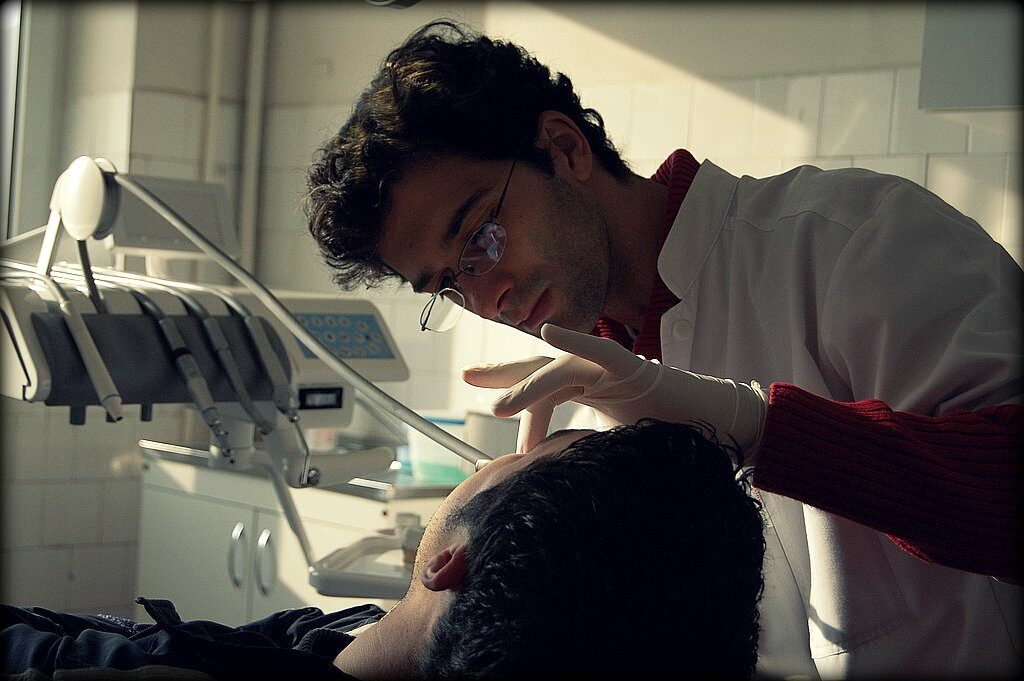
Since 2004, the “minor injury cap” legislation has been in place in Alberta, which limits maximum damages for pain and suffering for “minor” injuries to $4,000. However, a new case has clarified the law around dental injuries. This case could set a new precedent for accident victims seeking compensation for dental injuries.
The recent decision of Madame Justice D.L. Shelley in Sparrowhawk v. Zapoltinsky, 2012 ABQB 34 is the first to take a “stab” at applying the “cap” legislation to a particular injury – in this case, temporomandibular joint (TMJ) injury – a fairly common sort of jaw injury among motor vehicle accident victims.
In Sparrowhawk, Justice Shelley considered whether the plaintiff’s TMJ injury and other dental injuries were “minor” injuries as defined by the Minor Injury Regulation. Up to this point, it had been generally accepted by plaintiffs’ lawyers and by some insurers that TMJ injuries were not “minor,” though there were no hard-and-fast definitions and some insurers termed these injuries as “minor” as a matter of policy. Sparrowhawk, however, was the first instance where neither side “blinked” (settled the case before it could go before a Court) and decided to leave it in the hands of a judge. The result was a clear victory for the “good guys” (my apologies, but I make no pretence of being unbiased) – the Court ruled that the plaintiff’s TMJ and dental injuries were not “minor,” and, therefore, not subject to the “cap” on damages. The Court gave three reasons for its decision:
- The tooth and cartilage injuries are not muscle, tendon, ligament or WAD injuries;
- The jaw injury caused serious impairment; and
- All injuries treated principally by dentists, such as temporomandibular joint disorder (TMD) and tooth injury, are never minor injuries.
The first reason was what we, personal injury lawyers, intuitively believed from the start, as these dental/jaw injuries never did seem to fit into the definition of “minor” injury in the “cap” legislation. The second reason given is valuable because the Court went through an extensive analysis of “serious impairment,” which would exempt otherwise “minor” injuries from the application of the cap. Lastly, the third point is appreciated for its simplicity and clarity: “If you have a dental injury, you are outside of the ‘cap.’”
I would invite those interested in an in-depth review of the decision to read Elizabeth Aspinall’s article in the Barrister, the quarterly journal of the Alberta Civil Trial Lawyers Association. In the meantime, it is gratifying to see some clarity injected into the “cap” debate, both for the sake of professionals involved in the industry, and for the sake of Albertans wondering what their injuries mean and whether it is necessary to retain a personal injury lawyer.
